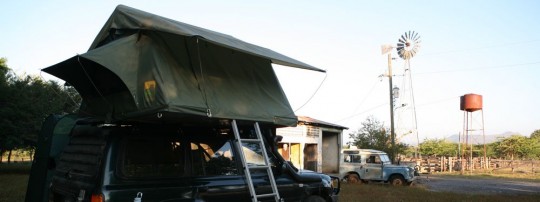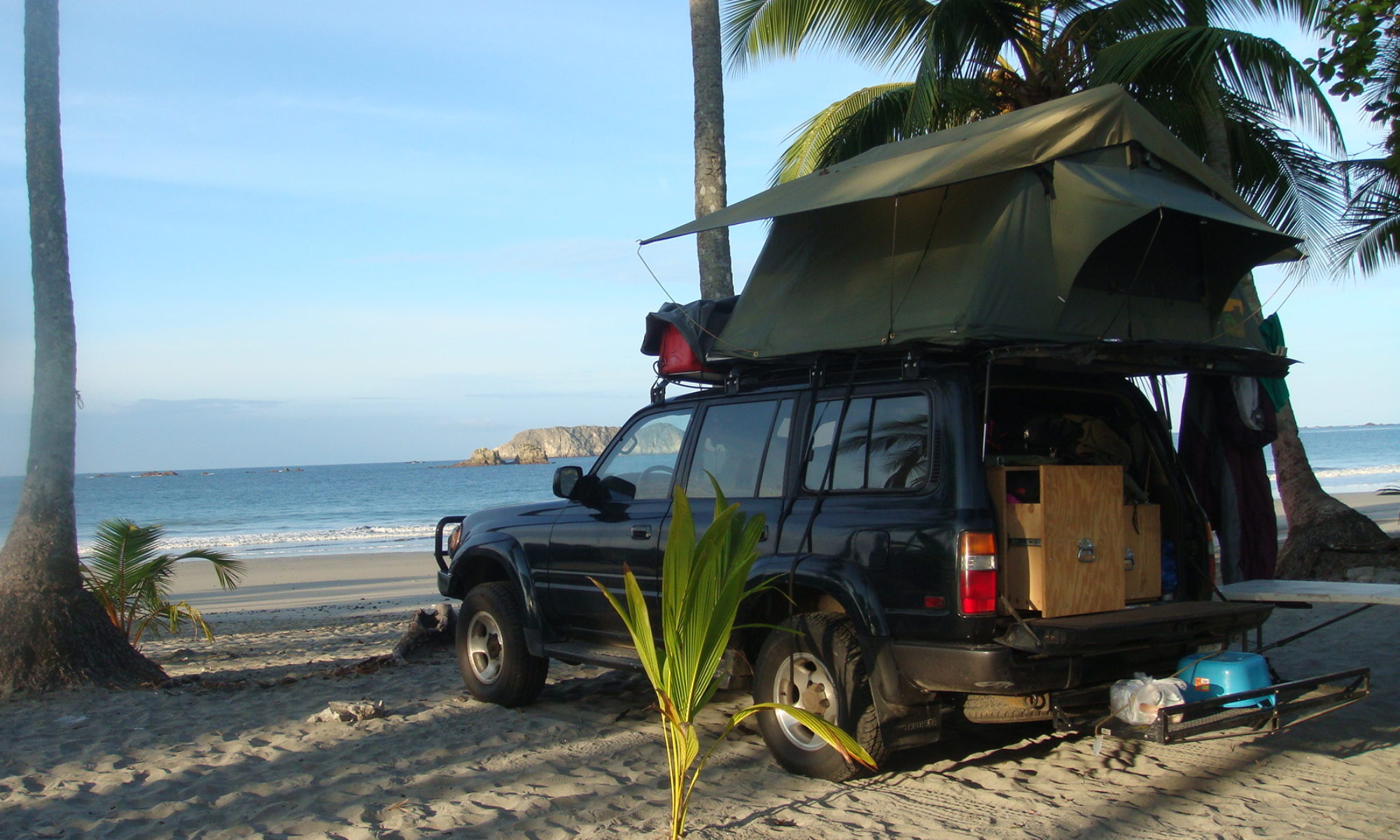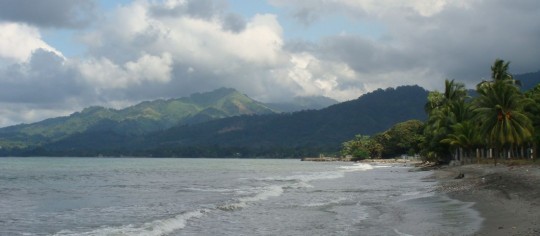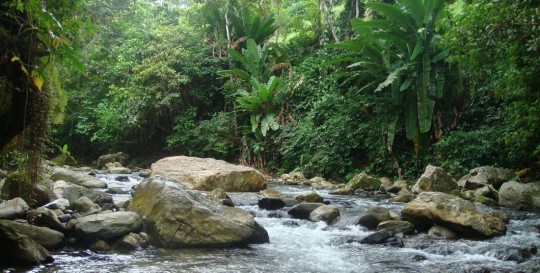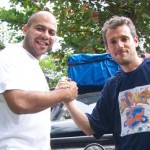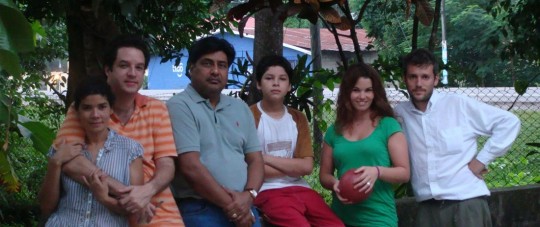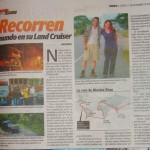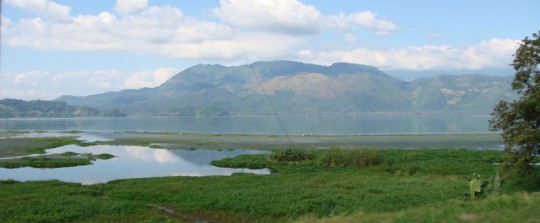
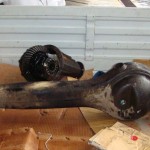
Here is an overdue account of the last few days. As you know, I was looking everywhere for this damn part, a front axle housing I bended in a mountain accident.
After many days looking around, it became clear the part was not available in any junkyard and I grew worry I would have to finish my life in Honduras. Finally, we decided to try what many told us was not possible. Find a machine shop where they could heat the housing and make an attempt to bend it back to its original shape.
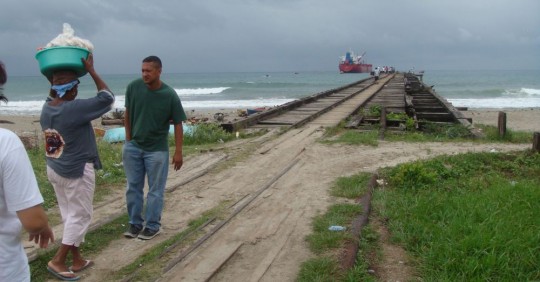
Raoul, Antonio’s friend hooked us up with a local guy who did it for US$50. The result was not perfect, and once the axle was put back in place, it appeared that the car was still lower on the passenger side. Also, the transmission was doing noises nobody wants to hear except in horror movies.
With indications from Gabe (U.S. IH8MUD), we disconnected the front propeller shaft, which stopped the noises. But it means that we are now rolling in 2WD instead of 4WD. Which matched his reinsuring description of losing two of the four engines on a plane.

Regardless, we had no other choices, and with Christmas celebrations, it was not looking good for us to get any help, or parts. Our goal was to be able to drive and reach Nicaragua, where the piece – according to Honduras sources – should be easier to locate. Plan B, if we can’t find the part, is to drive down to Costa Rica, and either find the part, or have it sent down from the U.S. Thanks to many friends I have been emailing back and forth, if we choose this option, we could have the part in 10 days maximum. Some people also offered their help for the mechanical part in Costa Rica.
So on the 25th at 8 a.m., we were back on the road. We can’t thank enough Antonio and Thelma, who had us for ten days, and feeding us local food every day.
At 3:30 p.m., after crossing the mountains surrounding Tegucigalpa, the country capital, we arrived at the Nicaragua border. Roads and bridges in Honduras suffered a lot from the recent earthquake, and I was looking forward to the more recent Nicaragua infrastructure.
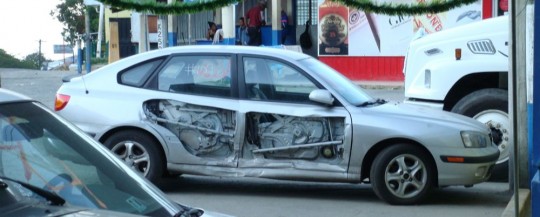
The Las Manos border was definitely the easiest one we had to cross. We were done in 40 minutes. Pretty cheap as well, we only had to pay US$3 to exit Honduras, US$7 to enter Nicaragua, no cost for bringing the vehicle, a mandatory $12 insurance (like always, liability only), and a Marlboro light for the guy to open the gate.
An hour later, being back to sea level, we asked a small hospital funded by USAID if they minded us camping in the courtyard. They didn’t.
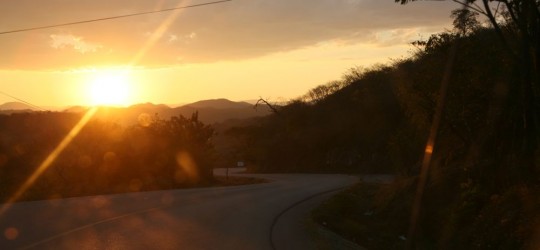
I felt relieved we were able to let Honduras behind. Not being able to make any progress in the last week has been frustrating, and I needed something to happen.
The following day, we continued south, but slower. It was Saturday after Christmas, and we knew it was meaningless to arrive in the capital before Monday.
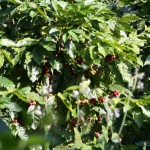
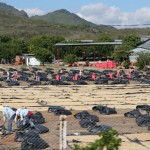
We did some grocery shopping, visited a coffee plantation close to Matagalpa (Selva Negra, which I don’t especially recommend, since they apparently benefited a lot of guidebooks recommendations, and felt more like a touristic destination than a real coffee plantation.

Around 5 p.m., as we got closer to the Managua Lagoon and past Las Maderas, we asked a farmer to camp on his property. We were now at less than an hour from Managua, and I was growing more optimistic.
